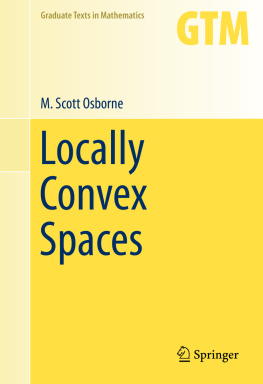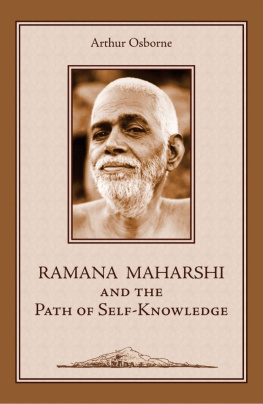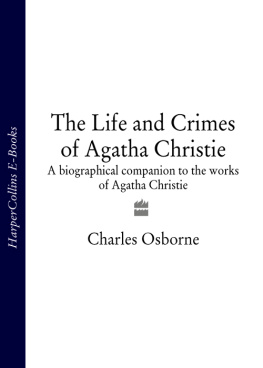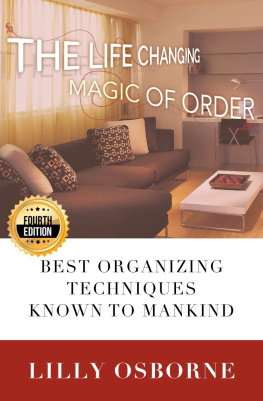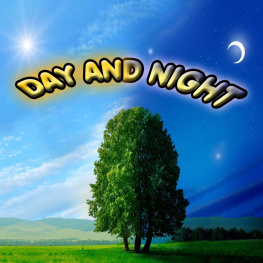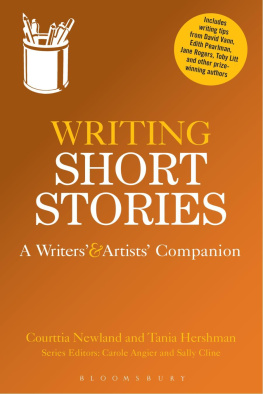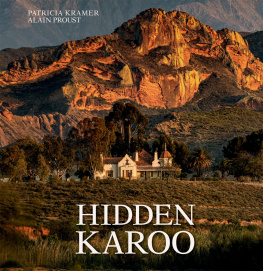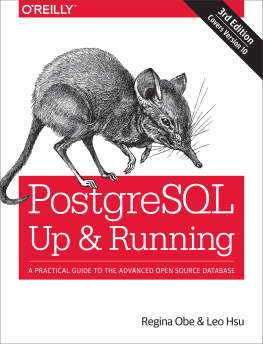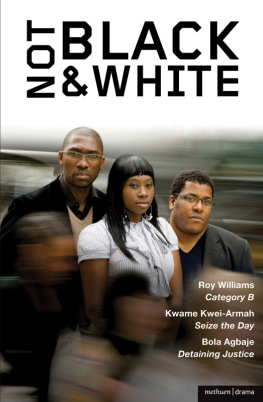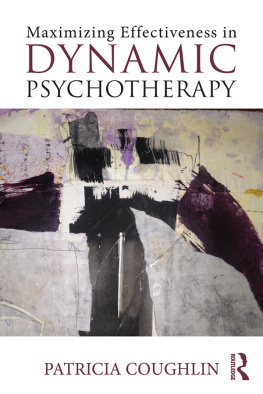A word is a bridge thrown between myself and another.
M.M.Bakhtin/ V.N.Volosinov (1986)
hidden gems
vol. II
Edited by DEIRDRE OSBORNE
A BITTER HERB
Kwame Kwei-Armah
THE FAR SIDE
Courttia Newland
IDENTITY
Paul Anthony Morris
URBAN AFRO SAXONS
Kofi Agyemang & Patricia Elcock
THE LIBRETTO OF MARY SEACOLE
SuAndi
ABSOLUTION
Malika Booker

OBERON BOOKS
LONDON
WWW.OBERONBOOKS.COM
This collection first published in 2012 by Oberon Books Ltd
521 Caledonian Road, London N7 9RH
Tel: +44 (0) 20 7607 3637 / Fax: +44 (0) 20 7607 3629
e-mail:
www.oberonbooks.com
A Bitter Herb copyright Kwame Kwei-Armah, 2001
The Far Side copyright Courttia Newland, 2001
Identity copyright Paul Anthony Morris, 2009
Urban Afro Saxons copyright Kofi Agyemang & Patricia Elcock, 2003
Mary Seacole copyright SuAndi, 2000
Absolution copyright Malika Booker, 1999
Editorial and General Introduction Deirdre Osborne 2012
Introductions the individual contributors 2012
The Authors are hereby identified as authors of these plays in accordance with section 77 of the Copyright, Designs and Patents Act 1988. The author have asserted their moral rights.
All rights whatsoever in these plays are strictly reserved and application for performance etc. should be made before commencement of rehearsal to the author c/o Oberon Books. No performance may be given unless a licence has been obtained, and no alterations may be made in the title or the text of the play without the author's prior written consent.
The contributors are hereby identified as authors of these introductions in accordance with section 77 of the Copyright, Designs and Patents Act 1988. The contributors have asserted their moral rights.
You may not copy, store, distribute, transmit, reproduce or otherwise make available this publication (or any part of it) in any form, or binding or by any means (print, electronic, digital, optical, mechanical, photocopying, recording or otherwise), without the prior written permission of the publisher. Any person who does any unauthorized act in relation to this publication may be liable to criminal prosecution and civil claims for damages.
A catalogue record for this book is available from the British Library.
PB ISBN: 978-1-84943-148-4
E ISBN: 978-1-84943-698-4
Cover image The Lamp by Romare Bearden
Printed, bound and converted
by CPI Group (UK) Ltd, Croydon, CR0 4YY.
Visit www.oberonbooks.com to read more about all our books and to buy them. You will also find features, author interviews and news of any author events, and you can sign up for e-newsletters so that you're always first to hear about our new releases.
ACKNOWLEDGEMENTS:
My sincerest thanks: to James Hogan as ever for enabling this project to take place, to Andrew for continuing it, to George for his exemplary coordination of all its parts and immense patience. My gratitude to Kwame, Courttia, SuAndi, Malika, Patricia, Kofi and Paul for trusting me with their precious works, and to Fiona, Mina, Winsome, Imani, and Chris for their critical introductions. I thank Paulette Randall and Patricia Cumper for initial conversations and salute them both as writers and directors who have sustained a formidable longevity in the history of theatre and drama in Britain traditionally inhospitable terrain for cultivating Black women's creativities.
I could not have put this together without the ongoing personal kindness in the UK from Diana, Gotti, Marion, Caroline, Maria, Kadija and SuAndi. For this, I remain immensely grateful.
Introduction
T he Introduction to Hidden Gems (2008) foregrounded the unprecedented profile achieved by black British dramatists in the first decade of the 2000s seen in the proliferation of black-authored plays in London's mainstream and off-West End theatres. However, at the time of publication of Hidden Gems Volume II, this presence has tapered dramatically. In the second decade, fewer than ten plays per annum (as distinct from eleven in 2003 alone), have been staged in the same arena.of the subject from the inside, as he put it, necessarily had to provide the competence or savoir faire, as he also termed it, for dealing with this field (Shevtsova 2009: 83).
The staging of black British experiences and its uneasy relationship to a context which is predominantly white can claim what T.S. Eliot attributed as being the vital ingredient for any society's cultural health, a friction between its parts (Eliot 1949:126). Although the HMS Windrush had docked at Tilbury in the year preceding his definition, Eliot clearly confined this to English, Welsh, Scots and Irish cultures, discounting the constituent of race even as it became an increasingly prominent factor in mass migration from the ex-colonies, and despite his centrality in 1940s literary circles which included black Jamaican writer and broadcaster Una Marson. His model is bipartite, I now suggest that both class and region, by dividing the inhabitants of a country into two different kinds of groups will lead to a conflict favourable to creativeness and progress (Eliot 1949:132) The friction between parts underpins the upending of notions of cultural homogeneity that were created by the post-war momentum of migration, settlement and indigeneity. It underpins the heritages and standpoints of the plays in Hidden Gems Volume II.
Resisting, rather than capitulating to conditions where staging whiteness is an invisibilised norm and staging blackness continues to be exceptional and noted, the writers in Hidden Gems Volume II reach out beyond local, regional and national parameters towards the receptive possibilities of a globalised slipstream via their individual artistic paths, and in the subject-matter they dramatize.temporality is not always reliant upon chronological ordering. The strategic use of anachrony seen in the analepsis and prolepsis of Courttia Newland's The Far Side or the in medias res of Paul Anthony Morris's Identity, can meld ghost story techniques with conventions of the courtroom drama, where retrievals of social history are intertwined with intimate domestic chronicles. These dramatists tailor traditions of city comedy, social realist, agit-prop and magic realist genres to represent the multi-cultural, trans-national and African diasporic inheritances that have emerged from a British-born context and creative development. Their plays offer recalibrations of history from black-centred perspectives and the multiple ways in which personal destinies have always been contoured by international politics and geographical mobility. The introductory commentaries to the plays are provided by people with insider knowledge of the subject-matter, and for whom the material provides a special resonance spanning the personal, political and aesthetic. With authorial profiles that embrace poetry, performance, song lyric, screenwriting and prose fiction, the seven dramatists in Hidden Gems Volume II create figures from the parvenu to the revenant, in settings from the battlefield to the playground. Their work is infused with the fruits of multiple expressive modes and literary-dramatic traditions, inviting further detailed critical attention beyond the scope of this book.


